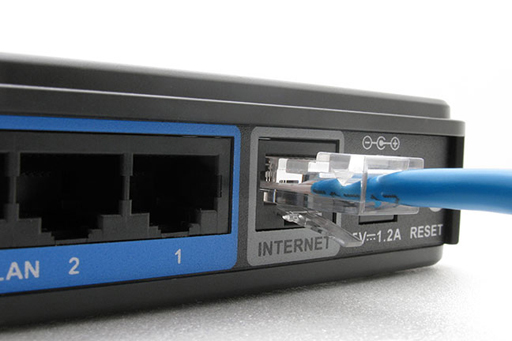2.1 Network security challenges
This section is part of the amber and green pathways.
Internet routers are designed to move datagrams to their destination but how secure are they?
They have been programmed with strategies to overcome problems such as congestion or the failure of a part of the network. These strategies involve re-routing datagrams via any alternative path, as you saw from using Trace Route. Therefore, it is impossible to state with any assurance which route will be taken by a datagram travelling outside a local network.
The datagram may travel directly, or, more probably, travel through several routers located anywhere in the world. These routers will most probably not belong to either the sender or the recipient, but a third party. In most cases this will not matter, but datagrams can be copied, and their security compromised, as they pass through a router without alerting either the sender or receiver.
Recall the analogy of the datagram being an envelope with a few pages. It is possible to check/inspect/copy/alter/remove the contents of an envelope at an intermediate sorting office (lawfully as well as unlawfully) en route to its destination
The process is known as packet sniffing and it has many legitimate purposes including analysing network performance and for law enforcement, but packet sniffing software is readily available to anyone who chooses to use it. In the past, packet sniffing required a computer that was wired to the network, but wireless networking means this is no longer the case.

